Are you lost? Good luck. That information panel may only make your head spin.
Visitors to Tokyo often complain about sparse or misleading directions — such as maps oriented with north anywhere but up — and the capital is now trying to fix a major problem: language.
Signs across the metropolitan area will undergo improvements, officials said, beginning with Shinjuku Station.
The Tokyo Metropolitan Government will set up a commission in May to consider how to make multilingual signs across the city more comprehensible.
Officials acknowledge the problem. "Visitors who come to Japan often complain information boards . . . are difficult to understand," said Takayoshi Shimode, the metropolitan government's point-man for organizing the 2020 Tokyo Olympics and Paralympics.
Some information signs are written with Latin letters but are spelled with Japanese pronunciation, so people unfamiliar with the language cannot fathom their meaning.
Other signs are unclear because they were never proof-read by a native speaker.
Some signs describe the same thing differently. For example, some information signs at Shinjuku Station indicate "Keio Shinsen," while others give "Keio New Line."
And one sign gives JR Shinjuku's "New South Exit" as "J.R.Shin South Gate," but visitors will also find it described as "JR Lines Shinjuku Stn. Shin-Minami Entrance."
"Some visitors complain that it is difficult for them to find where they want to go in stations," because the wording of some signs does not tally with that used in guidebooks, said Toshiyuki Shimoda, a metropolitan official working on the commission project.
Tokyo has guidelines for drafting multilingual support on signs at tourist spots. However, they are often not followed closely, Shimode said.



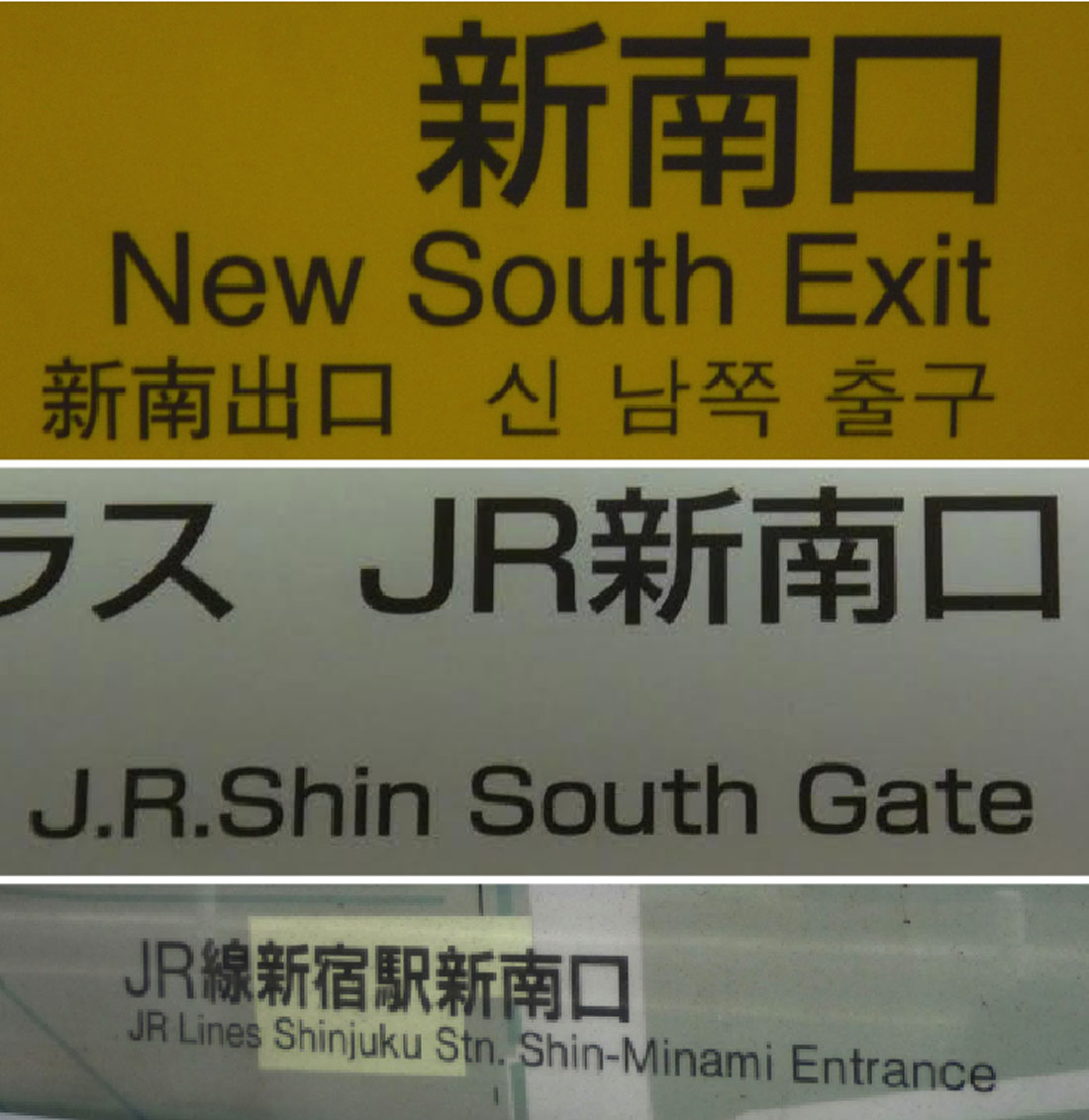
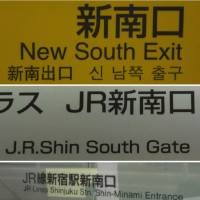
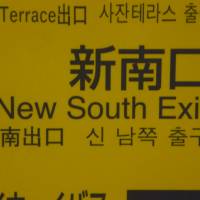
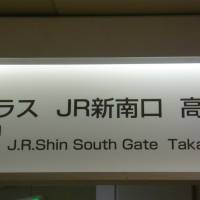
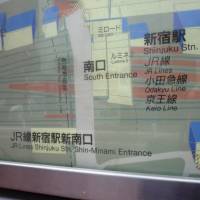













With your current subscription plan you can comment on stories. However, before writing your first comment, please create a display name in the Profile section of your subscriber account page.